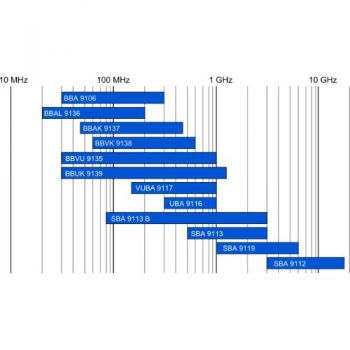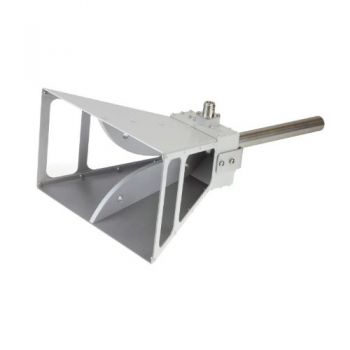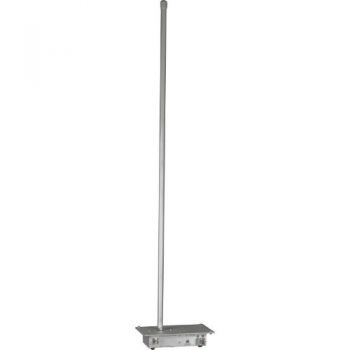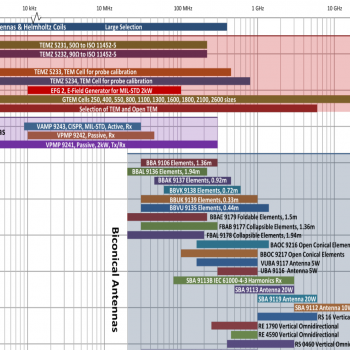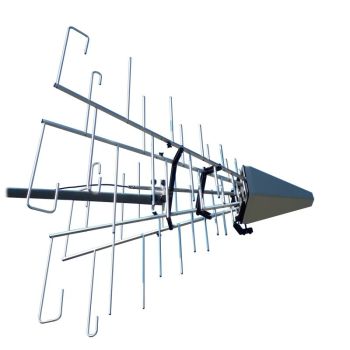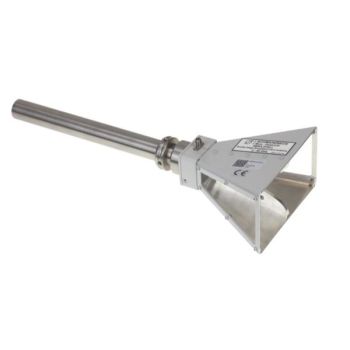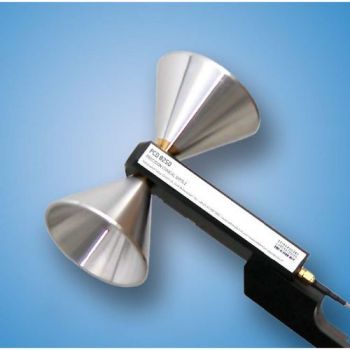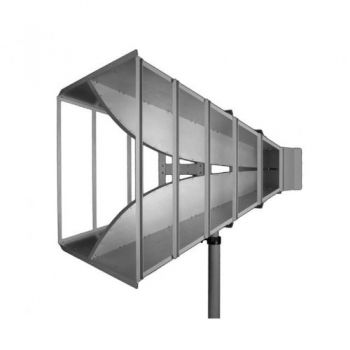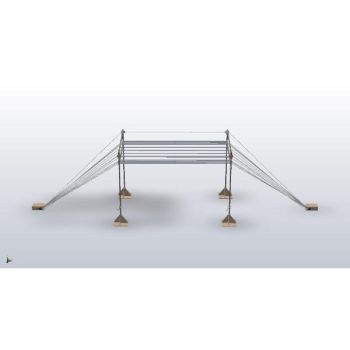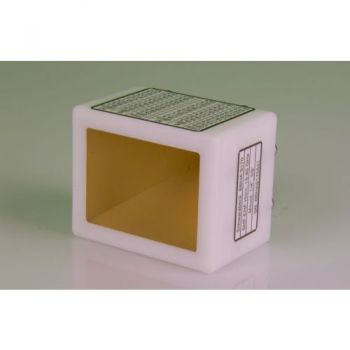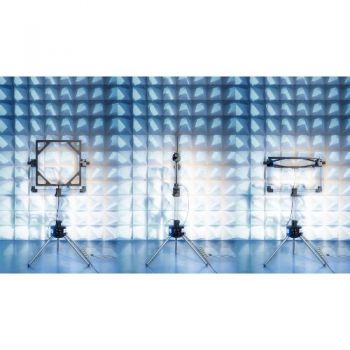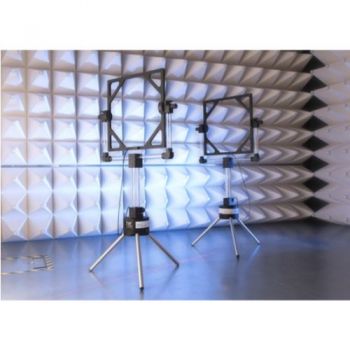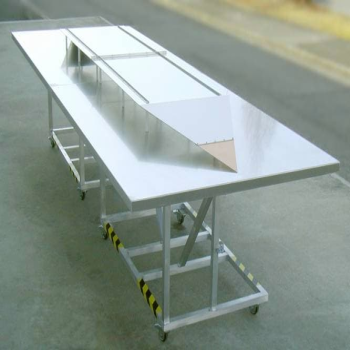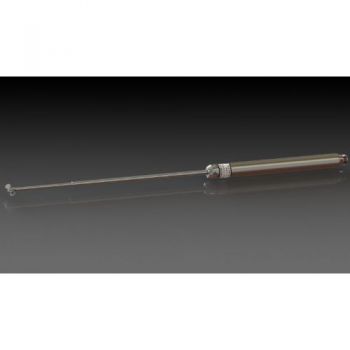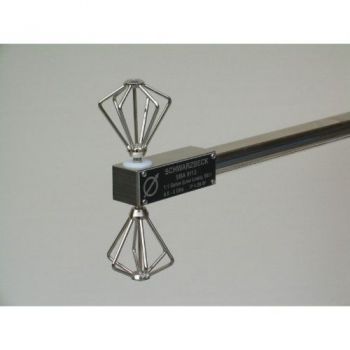
SBA 9113, 0.5 to 3 GHz, Small Biconical Microwave Antenna
- Small biconical microwave antenna
- 0.5 - 3 GHz
- Compliant with CISPR 16-1-4 for site validation above 1 GHz
- Including transport case
- 20 W
SBA 9113 Microwave Biconical Broadband AntennaThe SBA 9113 was designed because of the unavailability of omnidirectional broadband antennas operating above 1 GHz. The validation of test sites with commonly used Microwave antennas (e.g. Log.-Per. or Horn Antennas) leads to insufficient results since these directive gain antennas with concentrated directional patterns do not take the test site characteristics into account. The typical applications of the microwave biconical Antenna are the evaluation of test sites, the (frequency selective) field strength measurement, and the generation of defined field strength (e.g. ERP or EIRP). Thanks to the wide bandwidth there is no need for a time-consuming change of the antenna elements as required when operating with tuned half-wave dipoles. The biconical elements allow a continuous sweep over the complete frequency range. Because of the dipole-like directional pattern, the fixed phase center, and the high power handling capability the SBA 9113 may replace tuned half-wave dipoles in many applications. The SBA 9113 is not intended for emission testing with very low limits, horn, and Log.-Per. Antennas are better matched for this purpose because of their better antenna factor. A typical application of SBA 9113 is the determination of the field strength-exposure near base stations in the GSM-bands. The small biconical elements come with a male M4 thread, which fits into the element fixture nuts of the balun. When mounting the biconical elements care should be taken in order to avoid overtightening the threads. It is absolutely sufficient to tighten the elements with two fingers. Various experiments have shown that the contact at the feed point is always sufficient.
|



